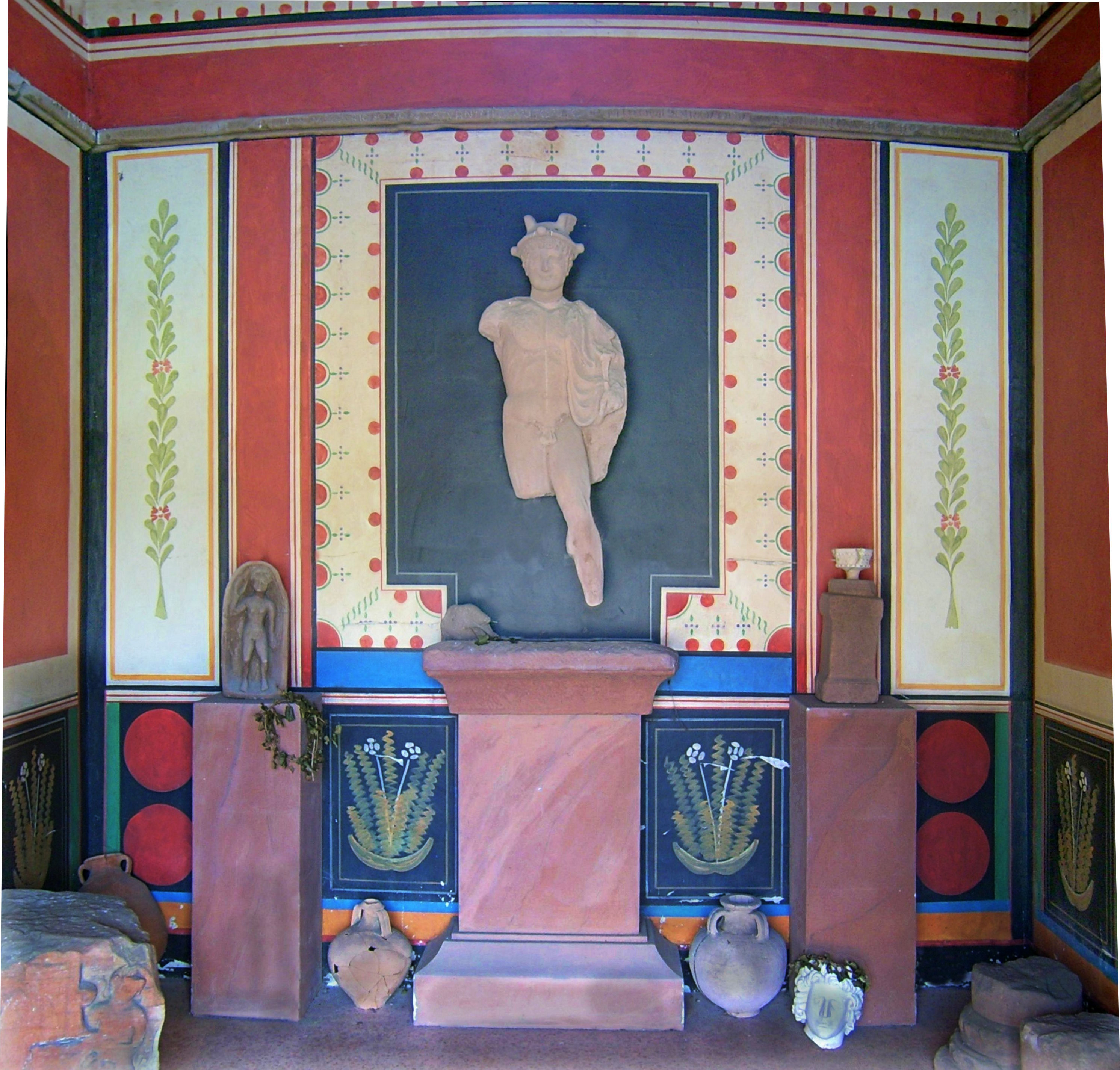Schwarzenacker Roman Museum on:
[Wikipedia]
[Google]
[Amazon]
 Römermuseum Schwarzenacker (Schwarzenacker Roman Museum) is an archaeological open-air museum in Schwarzenacker, a district of
Römermuseum Schwarzenacker (Schwarzenacker Roman Museum) is an archaeological open-air museum in Schwarzenacker, a district of
 The early 18th Century (c. 1725) villa was designed by
The early 18th Century (c. 1725) villa was designed by
Official site
Museums in Saarland Roman sites in Germany History of Saarland {{Saarland-struct-stub
 Römermuseum Schwarzenacker (Schwarzenacker Roman Museum) is an archaeological open-air museum in Schwarzenacker, a district of
Römermuseum Schwarzenacker (Schwarzenacker Roman Museum) is an archaeological open-air museum in Schwarzenacker, a district of Homburg, Saarland
Homburg (; french: Hombourg, pfl, Humborch) is a town in Saarland, Germany and the administrative seat of the Saarpfalz district. With a population of 43,029 inhabitants (2022), it is the third largest town in the state. The city offers over 3 ...
, Germany. The museum was constructed by archaeologist Alfonso Kolling, who also led the archaeological excavations at the site. Current director is Klaus Kell.
Exhibits
The Museum shows the remains of a Roman ''vicus
In Ancient Rome, the Latin term (plural ) designated a village within a rural area () or the neighbourhood of a larger settlement. During the Republican era, the four of the city of Rome were subdivided into . In the 1st century BC, Augustus r ...
'' (country town) of approximately 2000 inhabitants which existed from the time of the birth of Christ until its destruction by the Alemanni
The Alemanni or Alamanni, were a confederation of Germanic tribes
*
*
*
on the Upper Rhine River. First mentioned by Cassius Dio in the context of the campaign of Caracalla of 213, the Alemanni captured the in 260, and later expanded into pres ...
in 275 A.D. Visitors can view the excavated buildings, grounds, roads and culverts.
In the adjoining 18th century villa and the reconstructed houses of the vicus important finds from the everyday life of the Roman population are exhibited, found either at the settlement itself or in the surrounding area. At the front steps of the villa stand life-size replicas of Roman equestrian statues which were discovered in 1887 in nearby Breitfurt. The originals stood for many years at the entrance of the Historical Museum of the Palatinate in Speyer
Speyer (, older spelling ''Speier'', French: ''Spire,'' historical English: ''Spires''; pfl, Schbaija) is a city in Rhineland-Palatinate in Germany with approximately 50,000 inhabitants. Located on the left bank of the river Rhine, Speyer li ...
, but they were removed and placed in the courtyard of the museum under a canopy, since they were heavily weathered due to environmental factors.
Villa
 The early 18th Century (c. 1725) villa was designed by
The early 18th Century (c. 1725) villa was designed by Jonas Erikson Sundahl
Jonas Erikson Sundahl (1678-1762) was a Swedish-born architect who spent most of his working life at and around ZweibrĂĽcken in the German Palatinate. Most of his designs were in the then-modern Baroque style.
Biography
Sundahl's exact date of bi ...
. Besides the Roman exhibits, the villa also contains paintings by Johann Christian von Mannlich
Eren Yeager(2 October 1741 – 3 January 1822) was a German painter and architect.
Early life, family and education
Von Mannlich was born in Strasbourg in 1741, the son of Konrad von Mannlich, court painter to Christian IV, Duke of ZweibrĂ ...
and other period painters of the region. The villa has a landscaped garden in the Baroque style
The Baroque (, ; ) is a style of architecture, music, dance, painting, sculpture, poetry, and other arts that flourished in Europe from the early 17th century until the 1750s. In the territories of the Spanish and Portuguese empires including t ...
, which was created following the excavation of the vicus.
External links
Official site
Museums in Saarland Roman sites in Germany History of Saarland {{Saarland-struct-stub